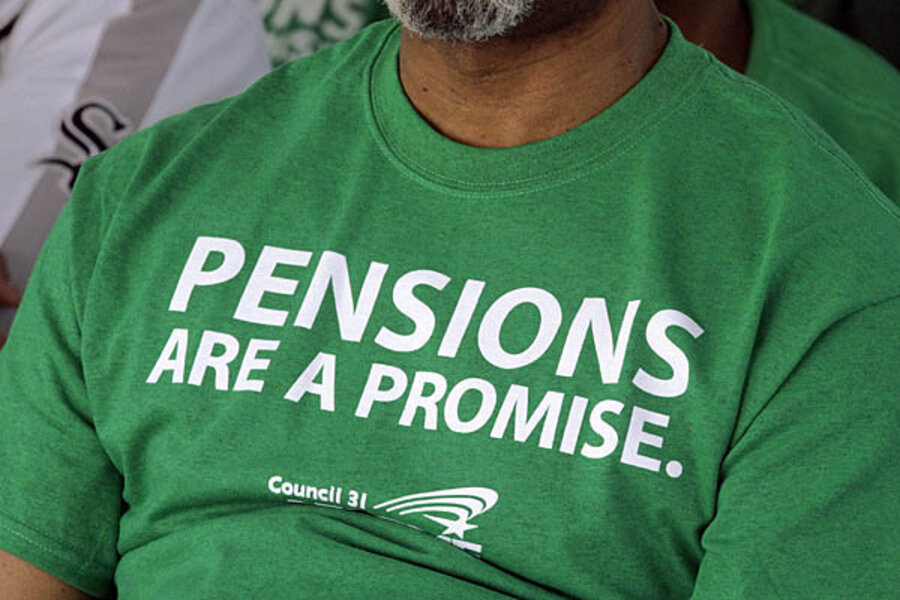Mandates vs. tax subsidies: Which encourages more saving?
Loading...
Most policymakers and economists agree that Americans don’t save enough. But which government policy does a better job encouraging saving and investment: tax subsidies such as 401(k)s, or mandatory savings systems such as traditional defined benefit pensions or auto-enrollment defined contribution accounts?
An important new study finds that if the goal is boosting total savings–as opposed to merely raising retirement savings—mandatory programs win hands down. Tax incentives do increase retirement savings, but largely by encouraging a limited number of sophisticated, high-income people to shift funds from taxable accounts to tax-subsidized retirement plans.
This conclusion isn’t new. For instance, my Tax Policy Center colleague Eric Toder looked at these alternatives in a 2009 paper.
But the new research is especially important because it is based on a huge sample –45 million observations—and on a series of government policy changes that tested whether tax subsidies or mandates were more effective.
The downside is that the study was not done on changes in U.S. policy—it measured reforms in Denmark. In addition, the nature of the changes themselves may complicate the results. Still, it is powerful evidence of how these incentives work.
The authors—Raj Chetty and John N. Friedman of Harvard and the National Bureau of Economic Research, and Soren Leth-Petersen and Torben Nielsen of the University of Copenhagen— looked at a series of highly-targeted savings reforms enacted in Denmark in the late 1990s. Their paper was presented at the Retirement Research Consortium conference in August.
In 1998, Denmark adopted a mandatory pension savings requirement that remained in effect until 2003. In 1999, the government cut a tax subsidy for contributions to 401(k)-like plans by top-bracket taxpayers.
When the government required people to contribute 1 percent of their gross earnings to a pension account, 90 percent of the direct impact of that mandate was reflected in total savings. By contrast, when the government trimmed the tax break for high-income people, their overall response was very small—they reduced total savings by only about 10 percent.
In effect, while high-income Danes contributed less to those retirement accounts that saw the tax subsidy cut, they put more into other pension plans that retained their tax benefit.
The results are powerful evidence of how mandates and tax subsidies can affect savings. But the study also raises lots of unanswered questions. Among them: Do Americans respond the same way as Danes and do the short-term effects found by the authors apply over the long-run?
At the RRC conference, Dartmouth economist Jon Skinner called the study a “landmark.” But in a response to a recent blog post about the results, Skinner argues this paper says nothing about the effectiveness of 401(k)s in the U.S.
Still, as U.S. policymakers think about incentives in the context of issues ranging from tax and health reform to long-term care insurance, they ought to keep these findings in mind. Tax subsidies don’t always accomplish what some policymakers hope they will. Remembering that lesson could prevent reformers from making some multi-billion dollar mistakes.







